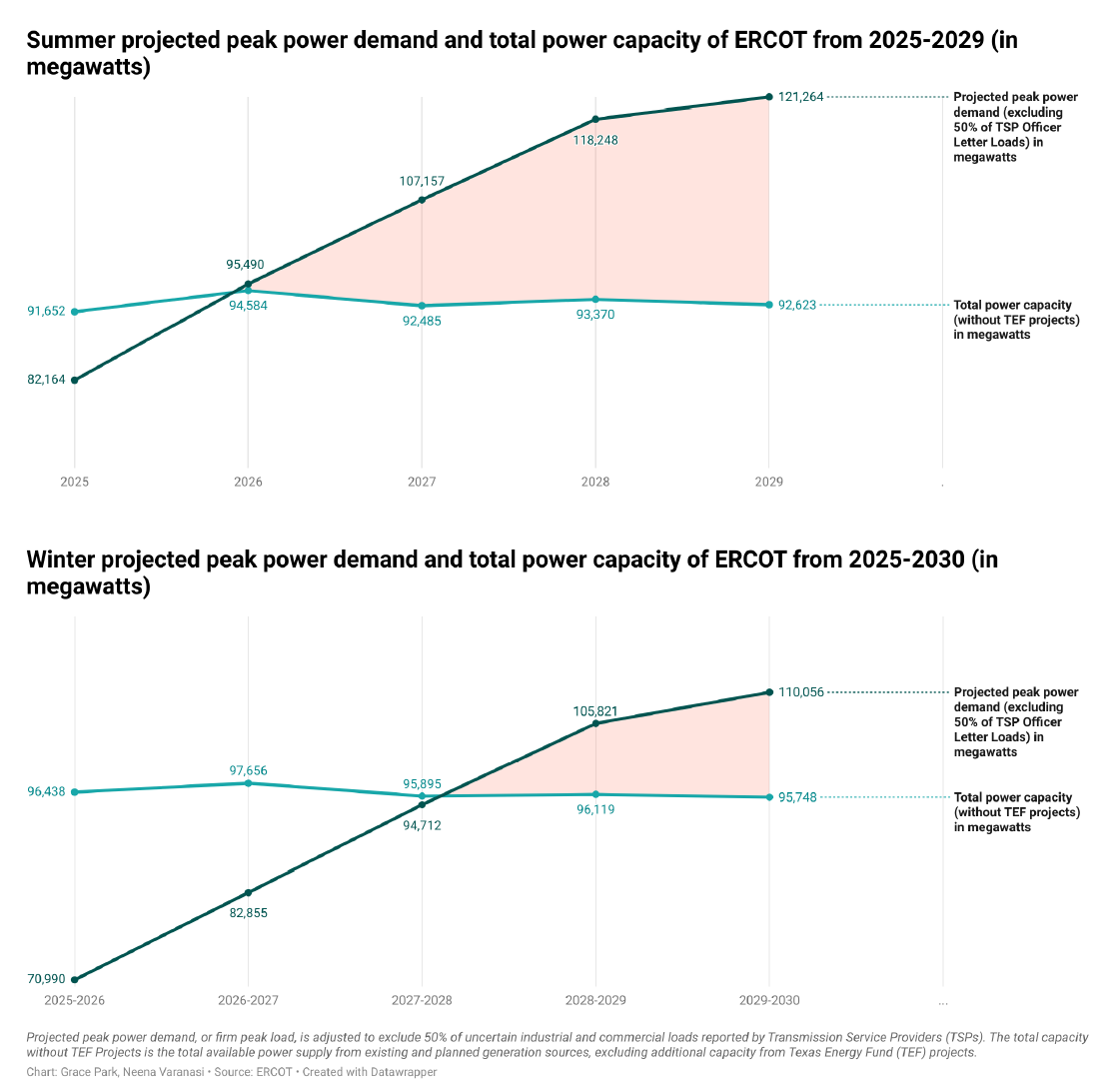A 4.8 magnitude earthquake struck 103 miles south of Austin in Karnes County yesterday morning at 7:24, sending tremors throughout downtown San Antonio and as distant as Round Rock.
Earthquakes of this magnitude are a rare event in Texas, and Thursday’s quake was the strongest on record for Texas’ southern region. The quake broke the record for southern Texas with the previous largest quake having a 4.3 magnitude in 1993.
Social work freshman Megan Ziegler said she felt the earthquake from her Kinsolving dorm room around 7:30 a.m.
“I looked out the window and thought it had to be something else,” Ziegler said. “I lived in Uzbekistan in high school and felt earthquakes all the time there so this felt familiar, but I had never heard of earthquakes in Texas before.”
San Antonio Police Department spokespersons said they received no earthquake related dispatch calls Thursday morning. No injuries or damage was reported according to the Associated Press.
Nicholas Hayman, research associate and lecturer at the Jackson School of Geosciences, said the recorded location and strength make it difficult to understand the exact causes of the earthquake.
“This did not really [happen] on the Balcones escarpment so there’s no clear surface information to my knowledge,” Hayman said. “All passive margin earthquakes (those that are not on major plate boundaries) are a bit mysterious — actual causes are really speculative.”
Hayman said the characteristics of Thursday’s earthquake do not offer any clues on what to expect for the future of Texas earthquakes.
“It would be difficult to draw any lines from one event to a pattern,” Hayman said. “In general, recurrence intervals in these settings are so long that we can’t describe any systematic behavior.”
Alan Dutton, department chair of geological sciences at UT San Antonio, said the earthquake was most likely not caused by the large amount of hydraulic fracturing taking place around the San Antonio area, as some suspected.
“The focus of the earthquake was around 16,000 feet,” Dutton said. “That’s clearly deeper than where they’re doing hydrofracking.”
Dutton said the earthquake did not occur on any major fault zones but speculates it may be related to other geological areas.
“This might be associated with a smaller fault zone such as the upper coastal plane,” Dutton said. “It’s not unusual to have low intensity earthquakes there.”
Printed on Friday, October 21, 2011 as: Rare Texas earthquake shocks regions residents




















